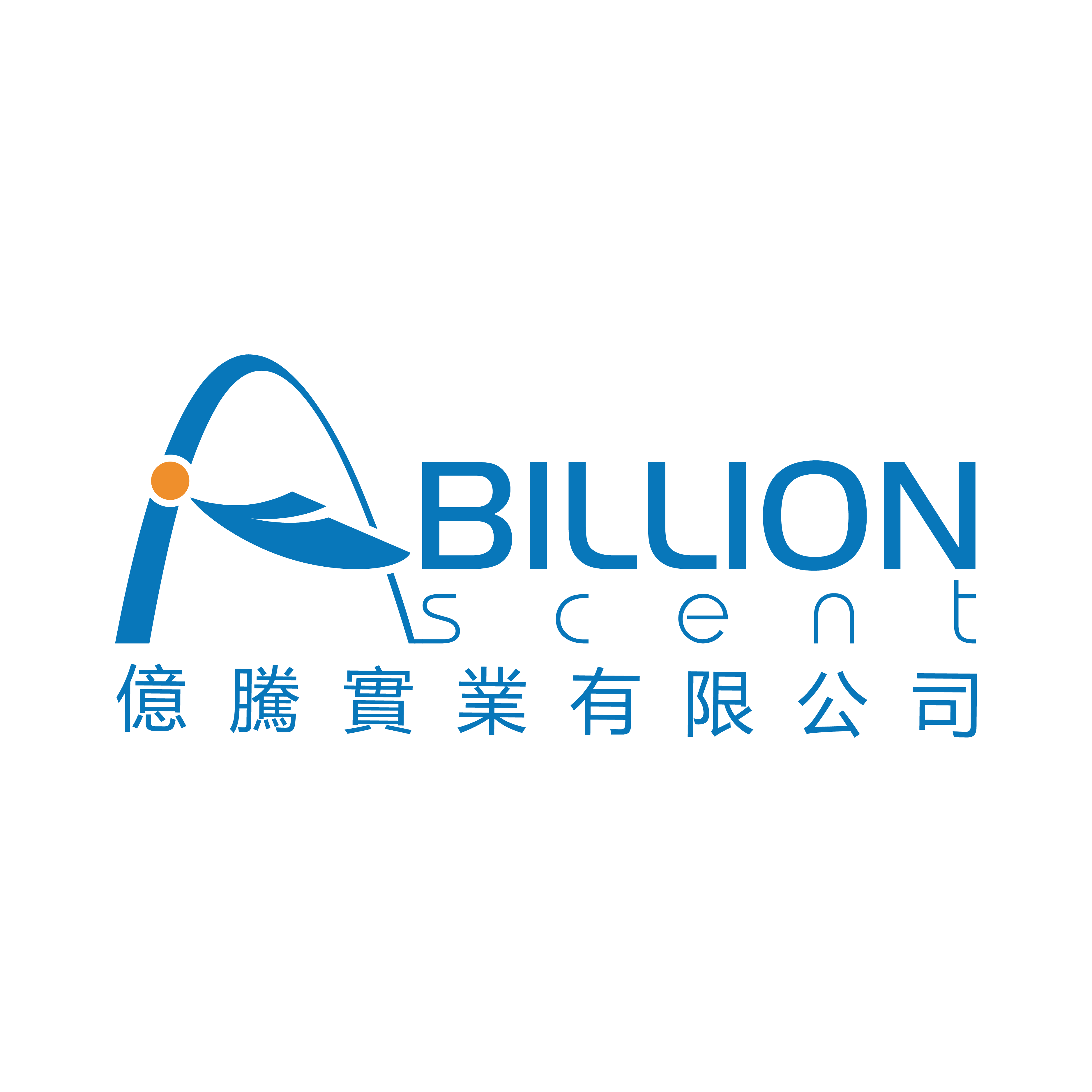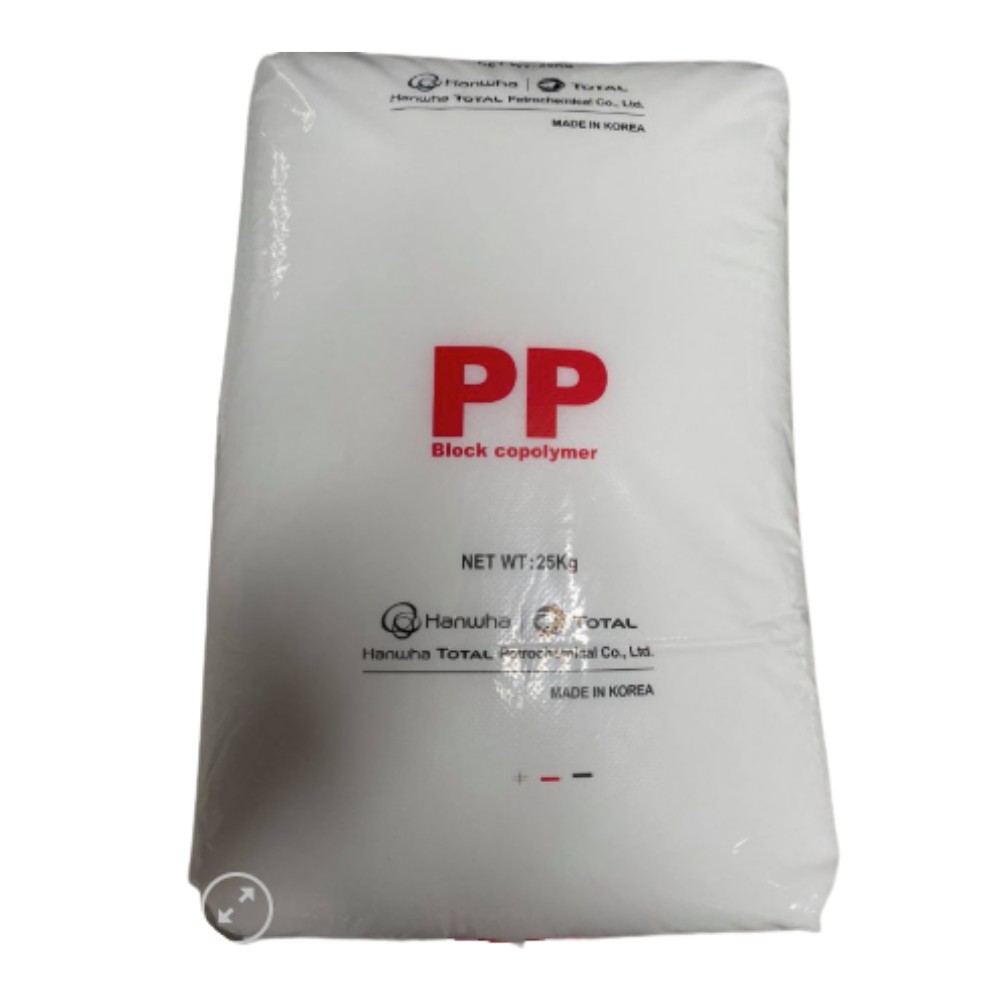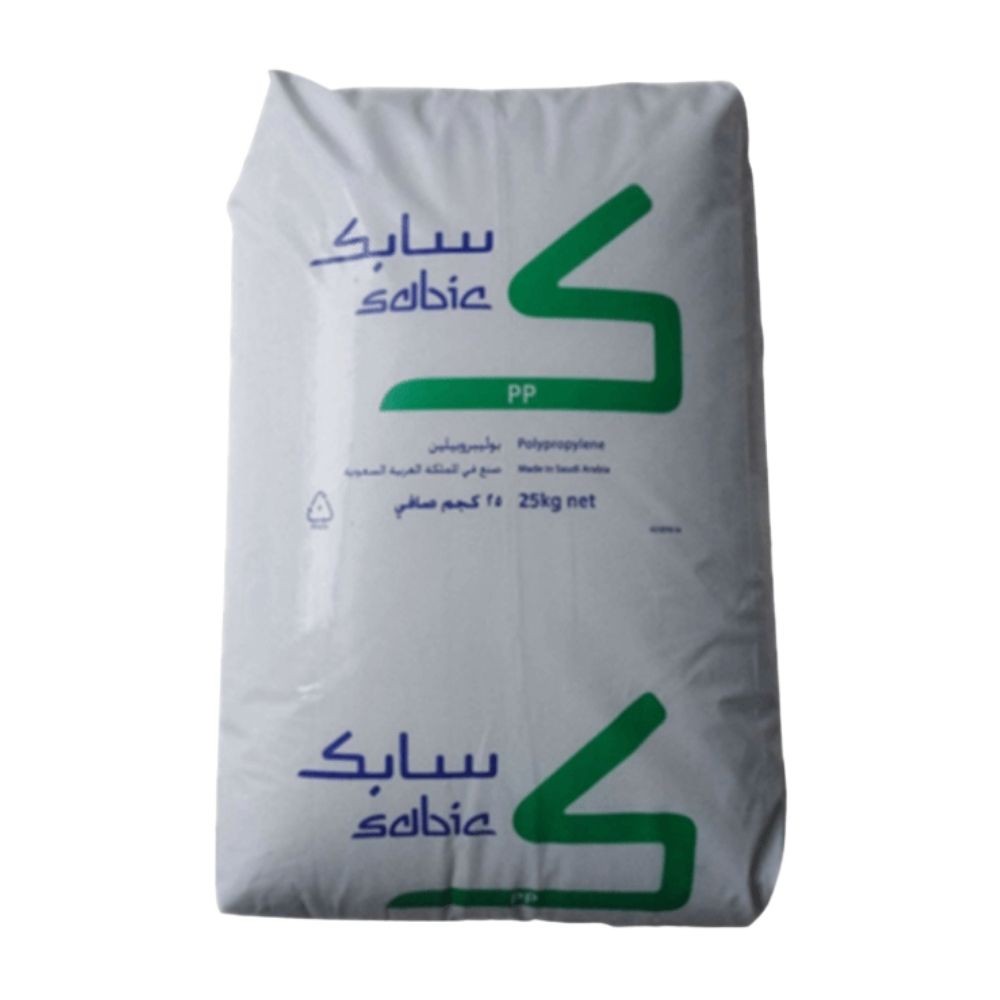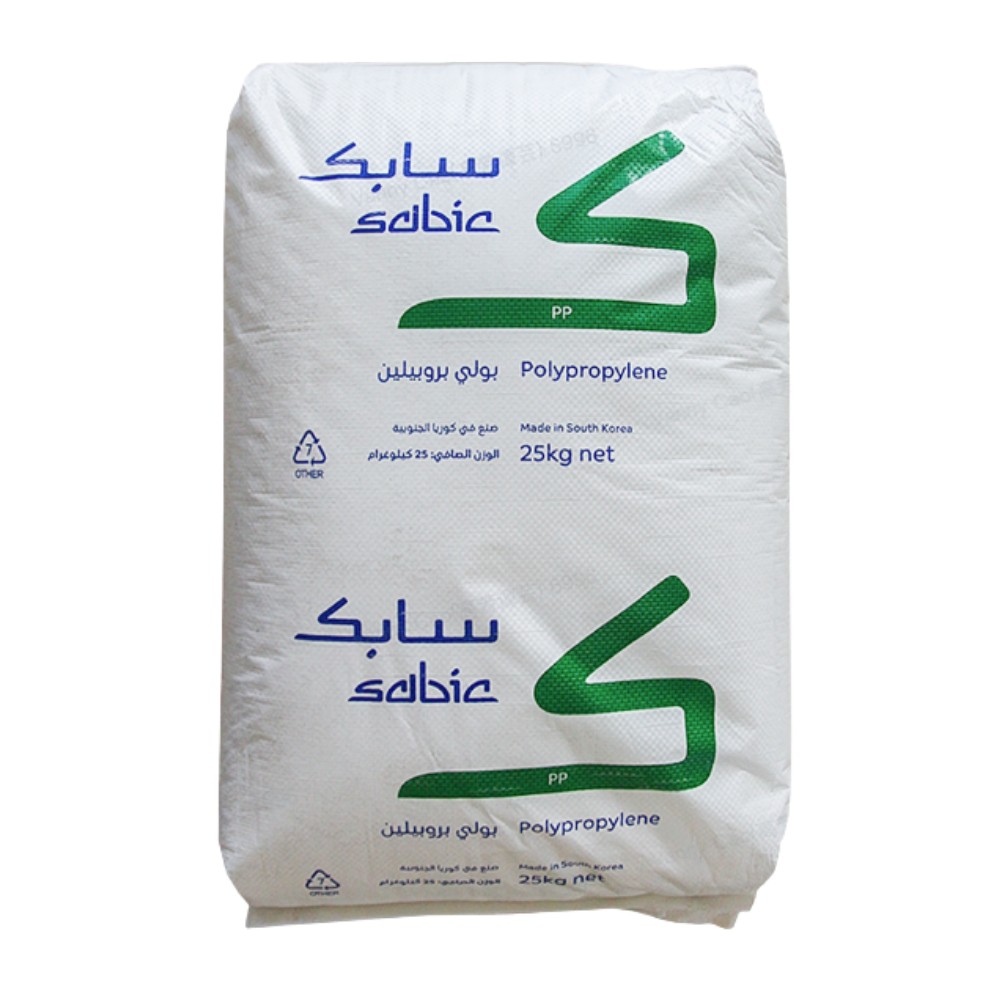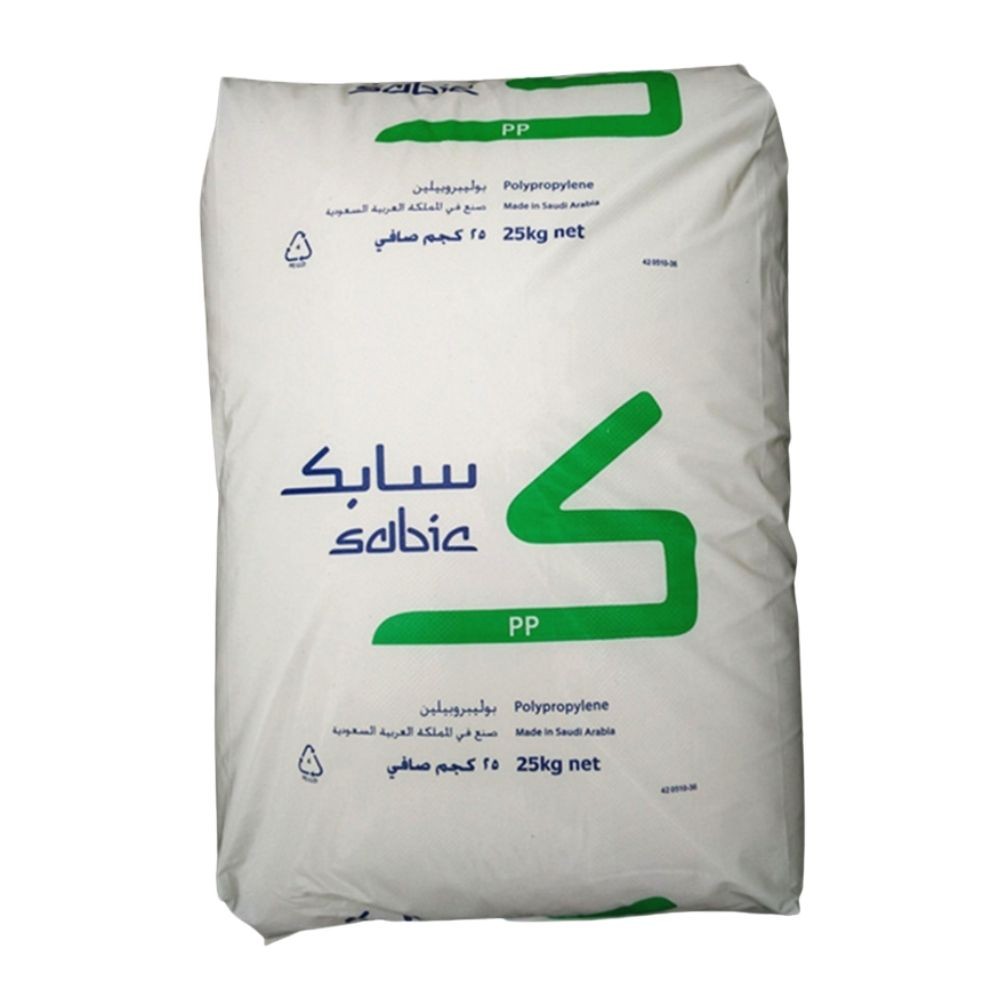WHAT IS PP ?
Polypropylene is a tough and rigid, crystalline thermoplastic produced from propene (or propylene) monomer. It is a linear hydrocarbon resin. The chemical formula of polypropylene is (C3H6)n. PP is among the cheapest plastics available today.
Polypropylene belongs to the group of polyolefins and is partially crystalline and non-polar. Its properties are similar to polyethylene, but it is slightly harder and more heat resistant. It is a white, mechanically rugged material and has a high chemical resistance. Polypropylene is the second-most widely produced commodity plastic (after polyethylene) and it is often used in packaging and labeling. In 2019, the global market for polypropylene was worth $126.03 billion.
WHAT ARE PROPERTIES OF PP PLASTIC?
Polypropylene offers many different advantages. These advantages allow it to be used for a wide variety of different products and uses, from high heat to cold weather and more.
-
The low cost makes it budget-friendly for a wide number of uses
-
Has a moderate strength and stability
-
Has flexibility, which makes it easy to mold into different shapes
-
Colorfast, which means that any colors will stay bright and beautiful
-
Resistant to fatigue, which allows it to be used for things such as water bottle hinges and spouts
-
Offers good insulation for pipes, cables, and more
-
Chemically resistant to most oils and solvents
-
Excellent impact strength
-
Low coefficient of friction
-
Excellence moisture resistance
-
High-temperature resistance, which means it can be used in laboratories
PP APPLICATION
Due to polypropylene structure’s rigidity and relative cheapness, it’s used in various applications. It has good chemical resistance and weldability, which makes it ideal for the automotive industry, consumer goods, furniture market, and industrial applications such as custom wire baskets.
Some common uses of polypropylene include:
Packaging Applications: Polypropylene’s structure and strength make it a cheap and ideal packing application.
Consumer Goods: Polypropylene is used for many consumer goods—including translucent parts, housewares, furniture, appliances, luggage, toys and more.
Automotive Applications: Polypropylene is widely used in automotive parts because of its low cost, weldability, and mechanical properties. It can mostly be found in battery cases and trays, bumpers, fender liners, interior trim, instrumental panels and door trims.
Fibers and Fabrics: Polypropylene is utilized in a host of fiber and fabrics applications including raffia/slit-film, tape, strapping, bulk continuous filament, staple fibers, spun bond, and continuous filament.
Medical Applications: Due to polypropylene’s chemical and bacterial resistance, it is used for medical applications including medical vials, diagnostic devices, petri dishes, intravenous bottles, specimen bottles, food trays, pans, pill containers, and disposable syringes.
Industrial Applications: The high tensile strength of polypropylene’s structure, combined with its resistance to high temperatures anc chemicals, makes it ideal for chemical tanks, sheets, pipes, and Returnable Transport Packaging (RTP).
